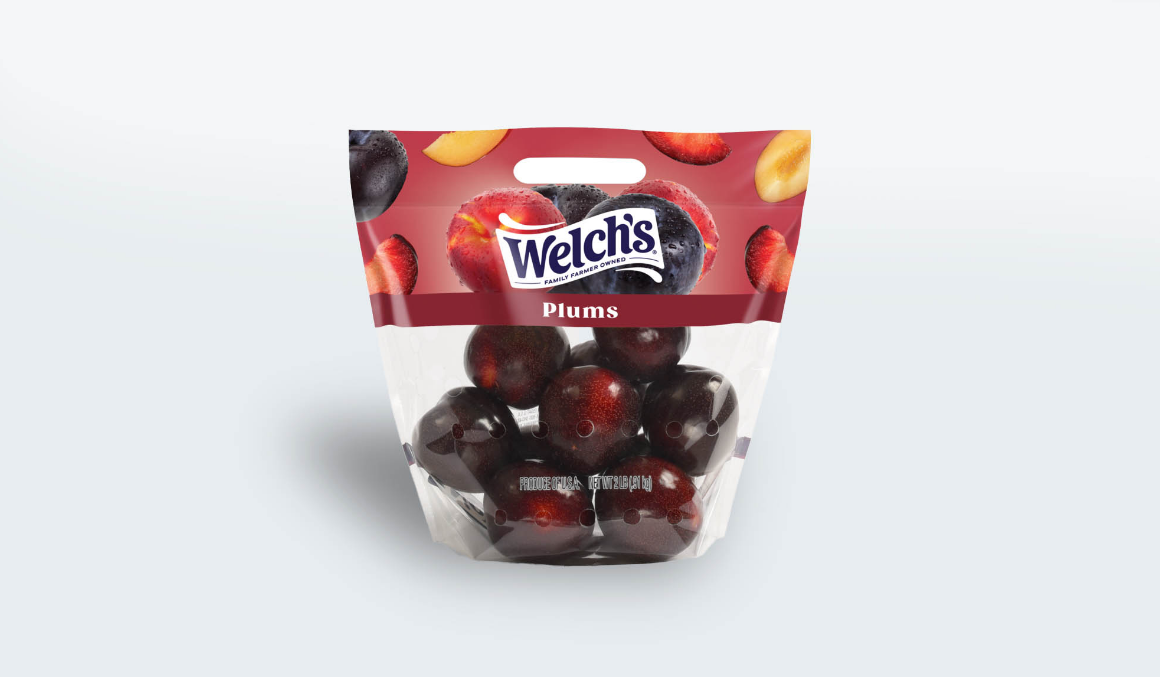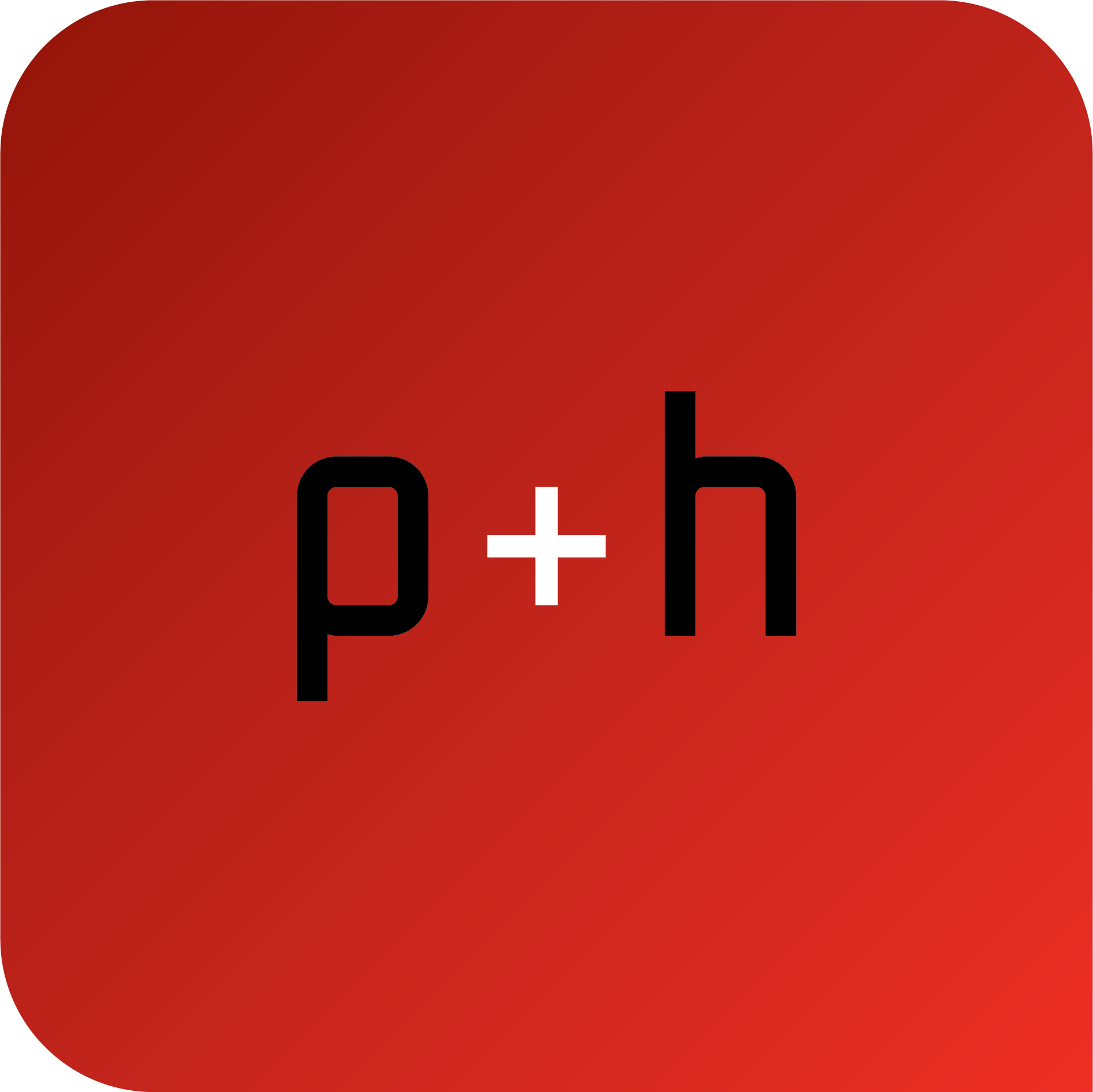Welch’s Invests in a Full-Scale Brand Design Refresh
Welch’s Brand Design Refresh Executed with Speed, Precision, and Consistency for a Stronger In-Store Presence
Welch’s recently invested in a full-scale brand refresh for its retail packaging portfolio. In response to growing consumer demand and increased competition, Robinson Fresh — a Welch’s licensee — sought an implementation partner to produce print-ready packaging, develop sales presentation mockups, and create global promotional assets for the Welch’s Fresh produce line. As a trusted long-time collaborator, P+H was engaged to apply the new design standards across the packaging line with speed, accuracy, and consistency, ensuring every touchpoint reflected the refreshed brand identity.
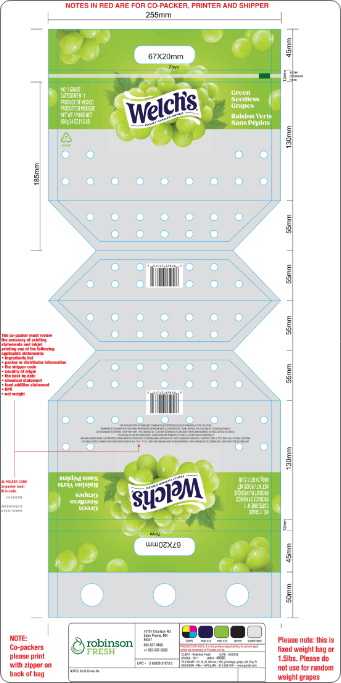
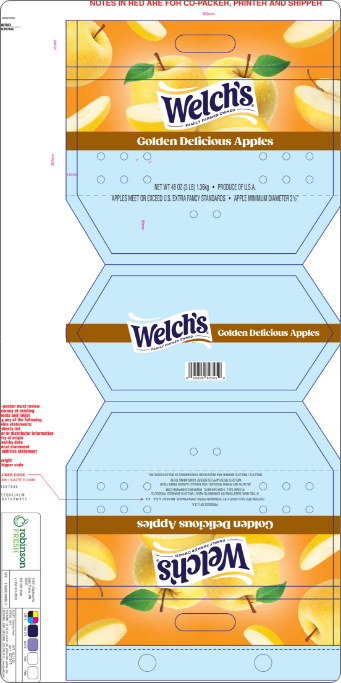
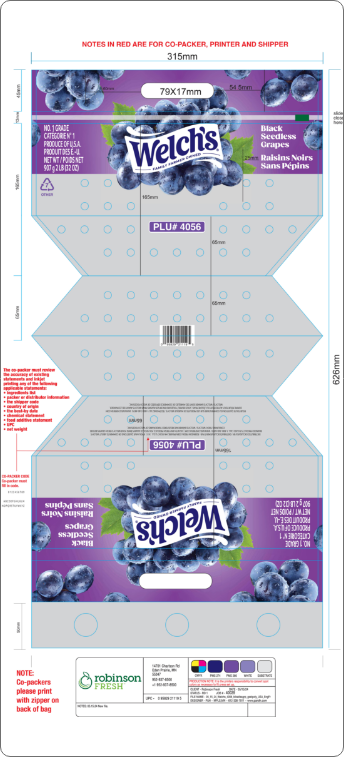
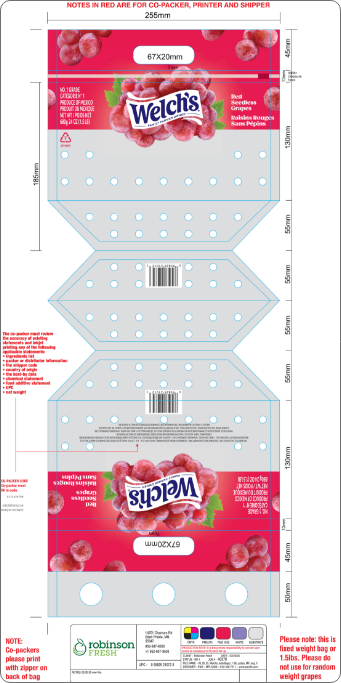

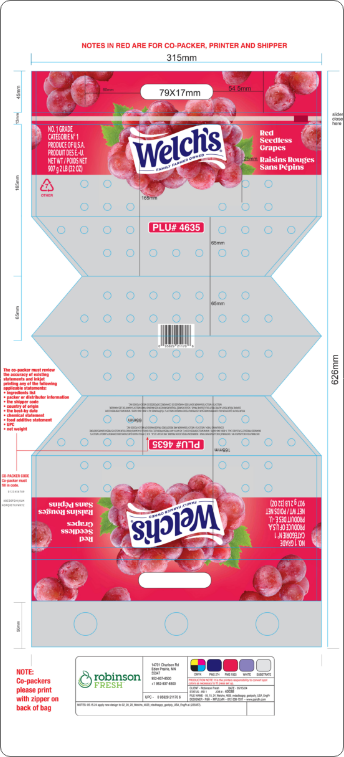
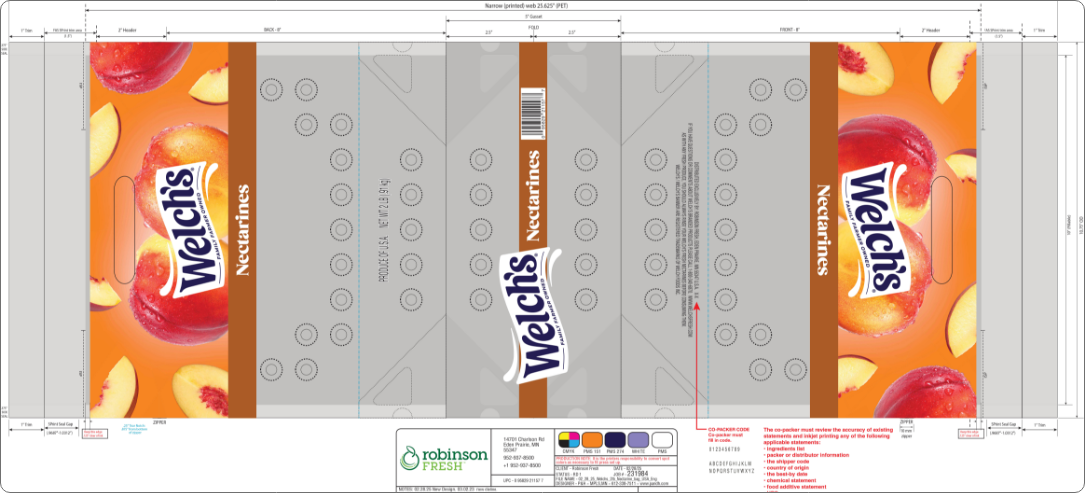
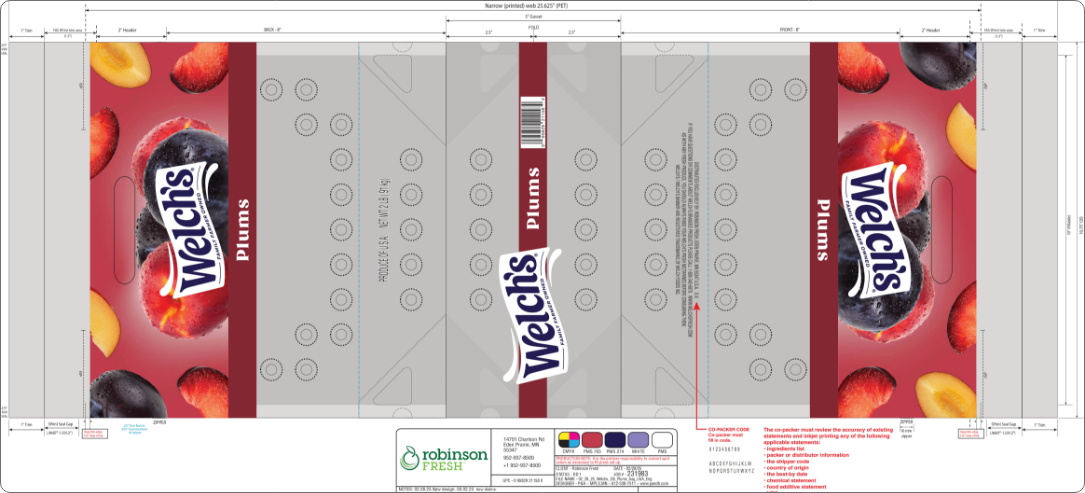
*Over 200 packaging SKUs were updated to align with the new design refresh standards—a process that required teamwork, organization and precision.
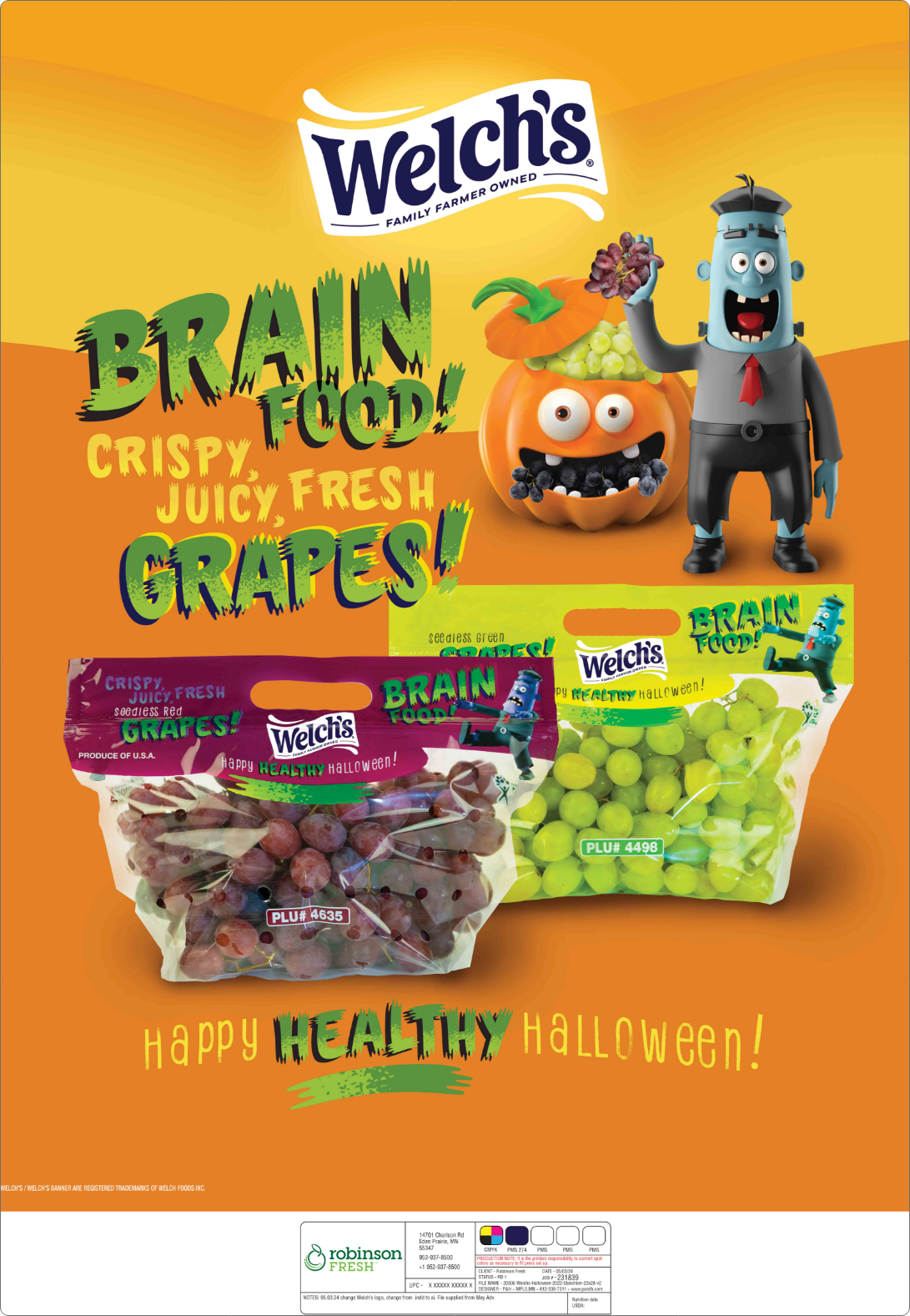
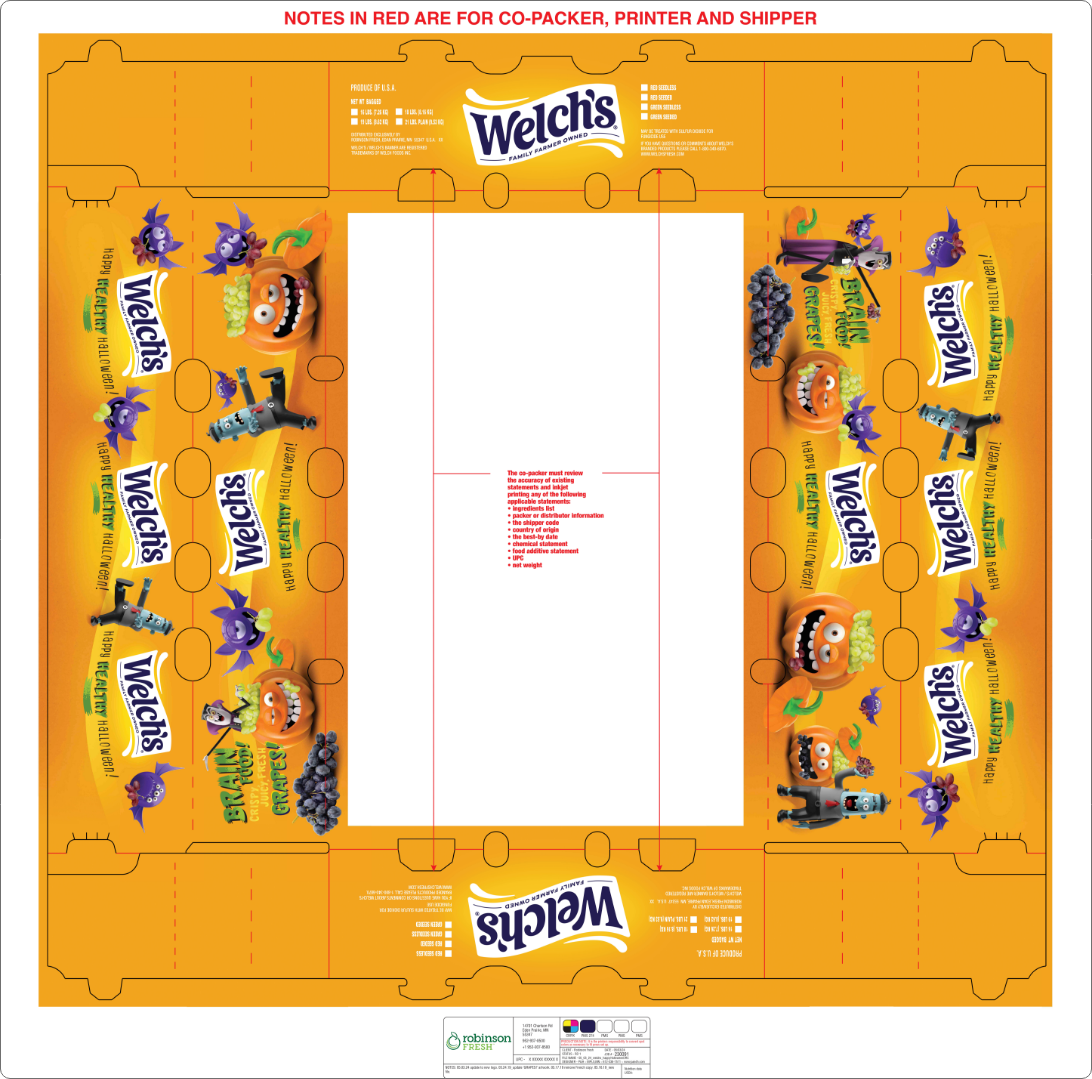
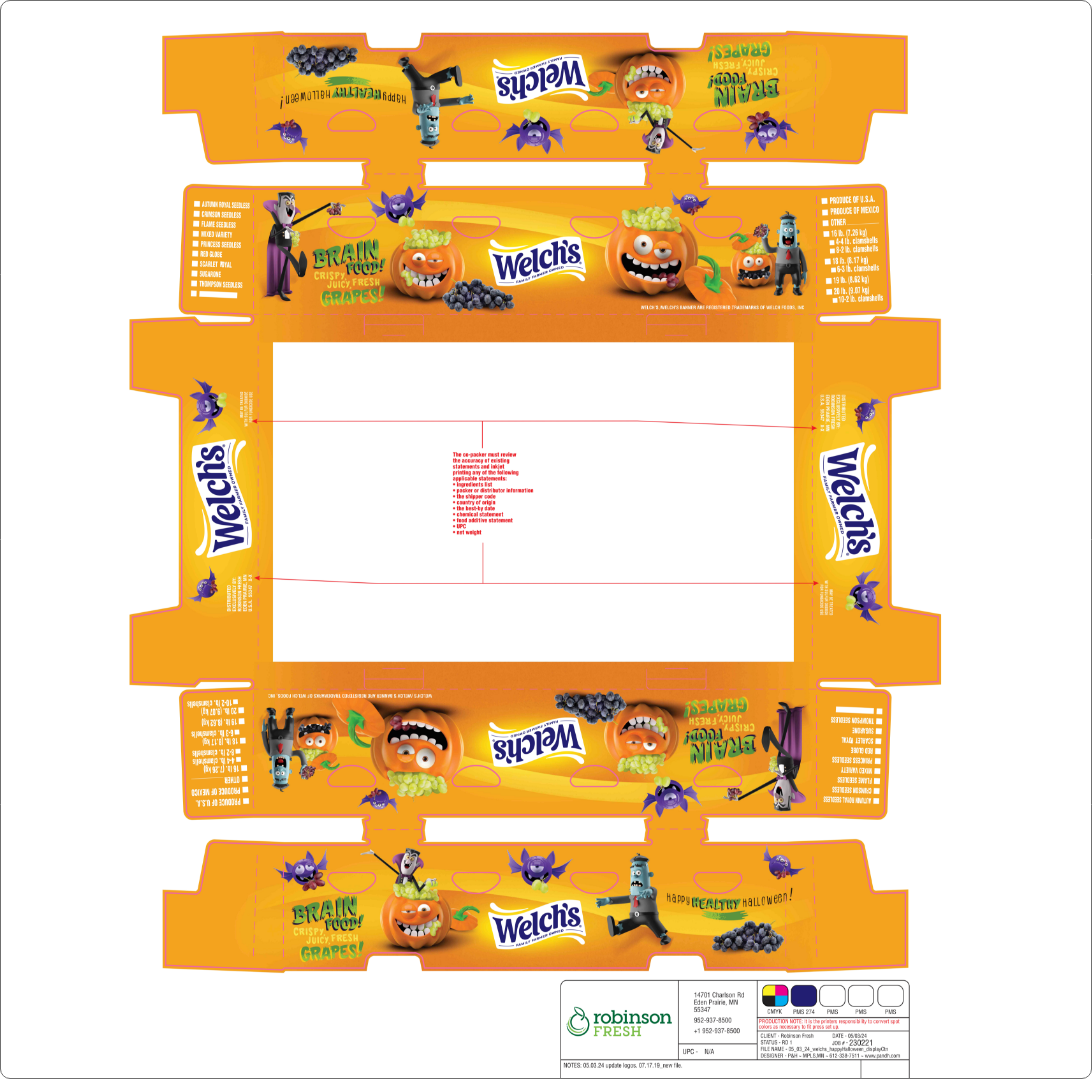
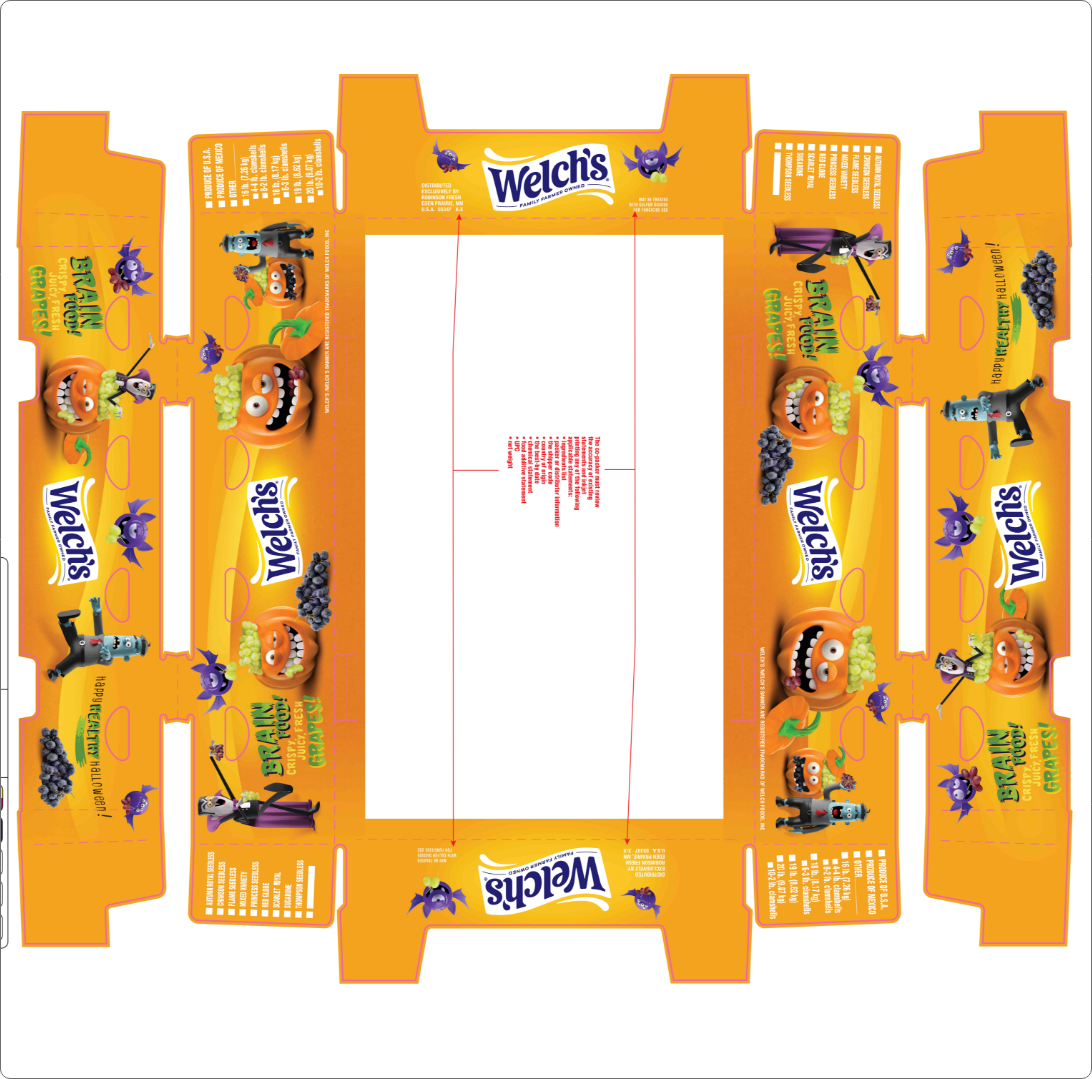
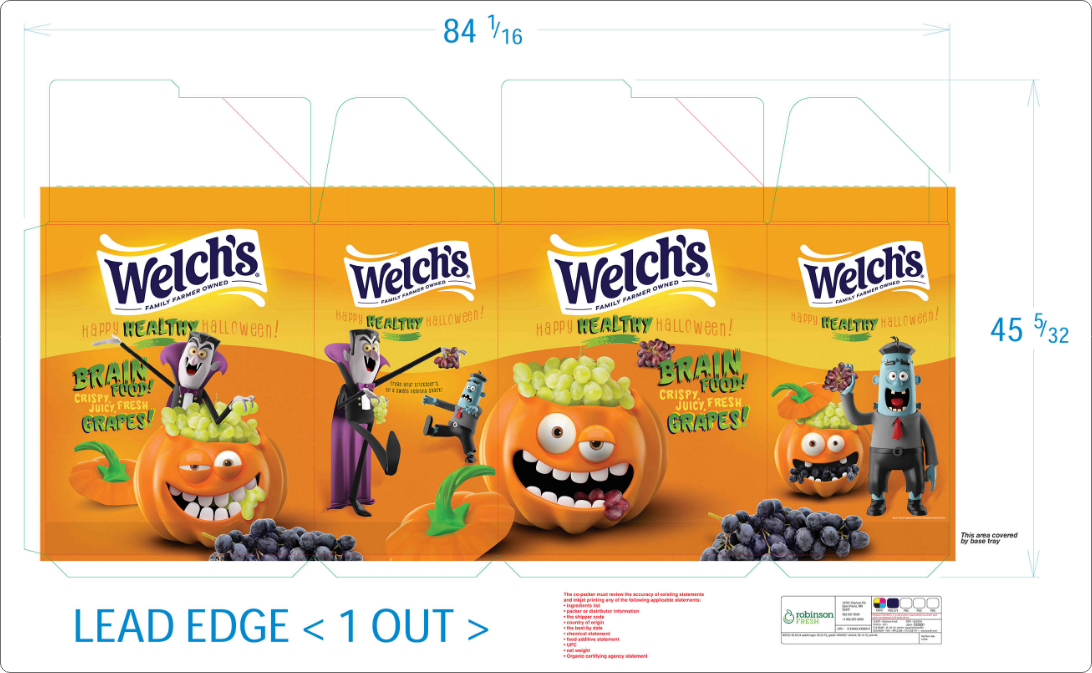
*Every package file created by P+H using the new design refresh standards arrived print-ready.
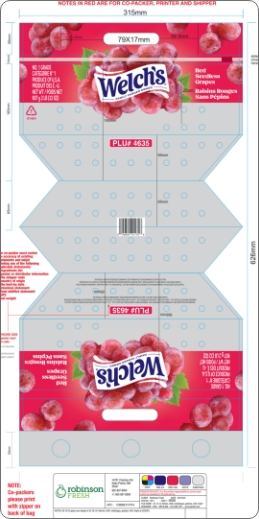
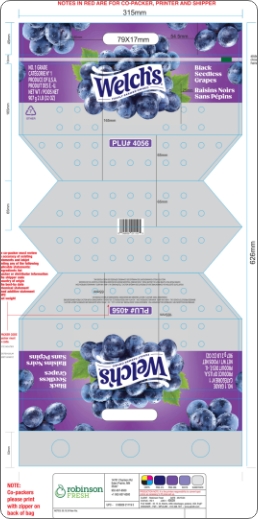

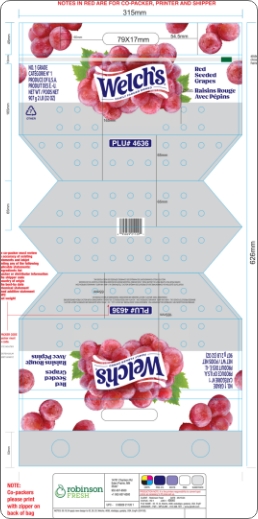
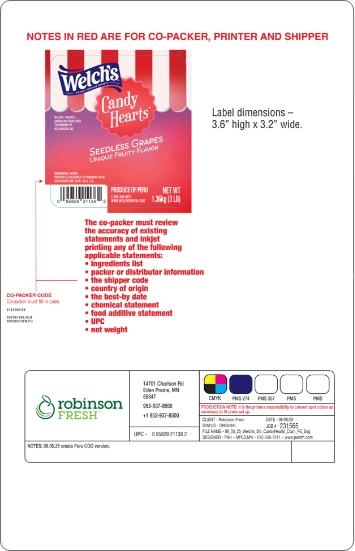
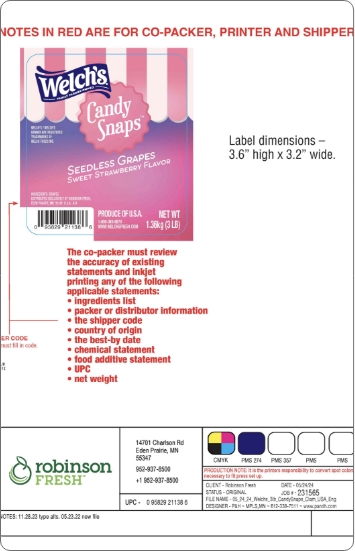
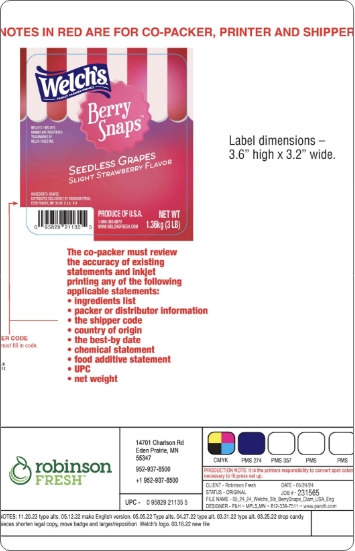
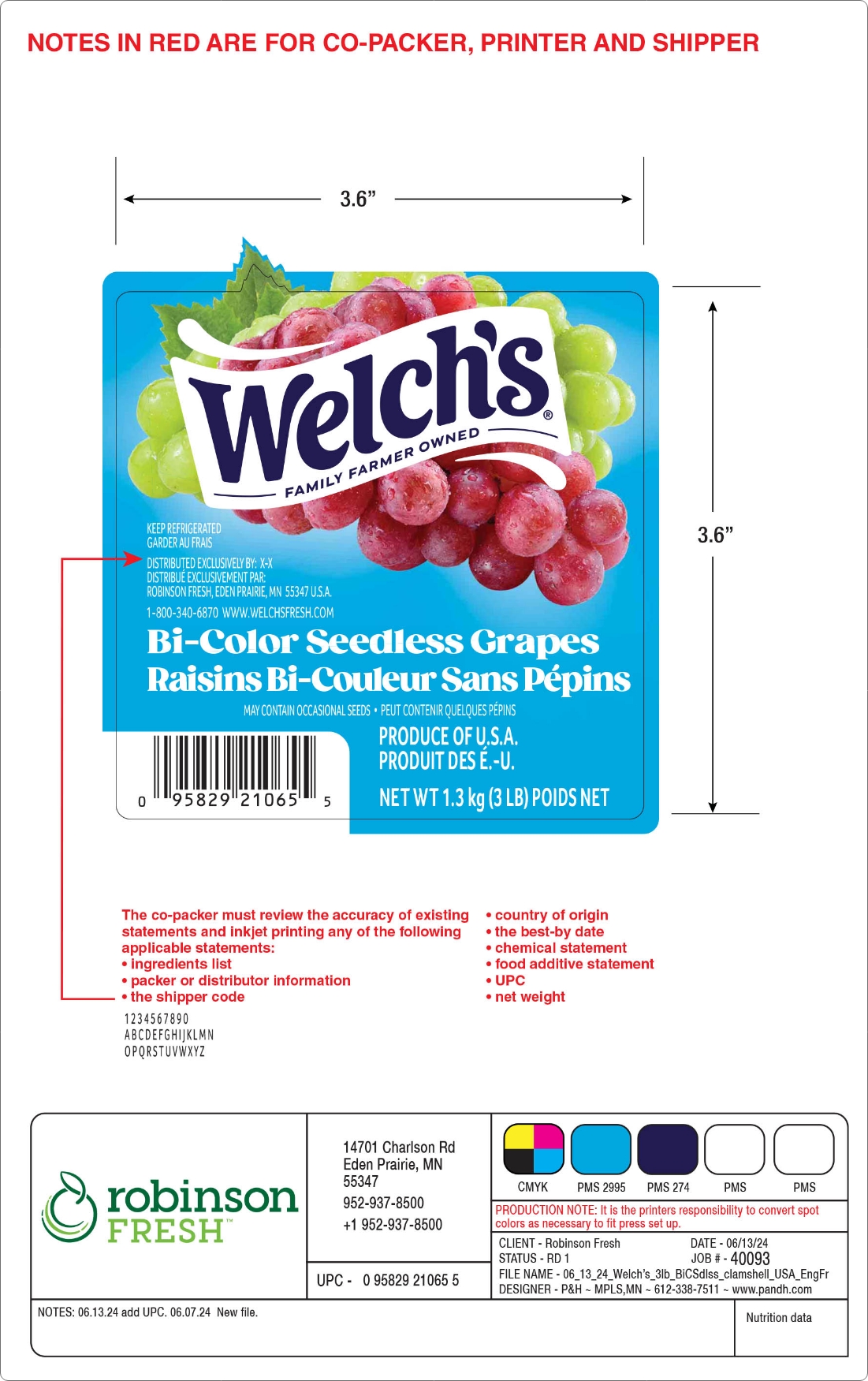
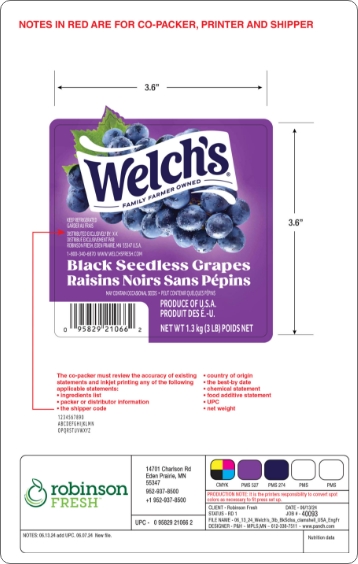
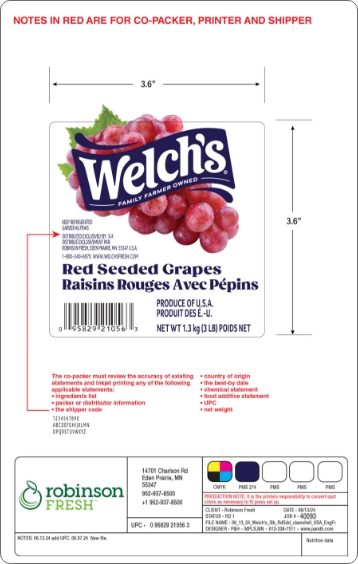
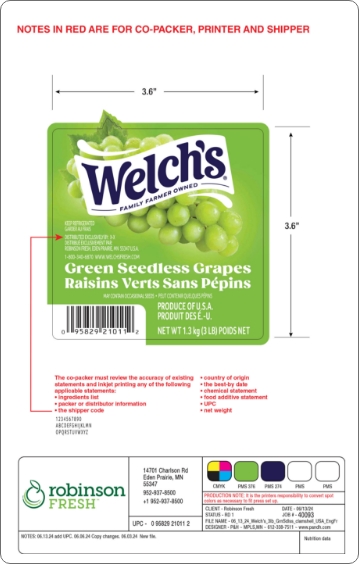
*Throughtout the design refresh approal process, mockups (digital and physical) were developed and photographed (or digitally rendered) to be immediately available for promotional use. These images refecting the design refresh process were provided to sales & marketing teams to enable a faster, more efficient rollout across multiple sales and marketing channels.
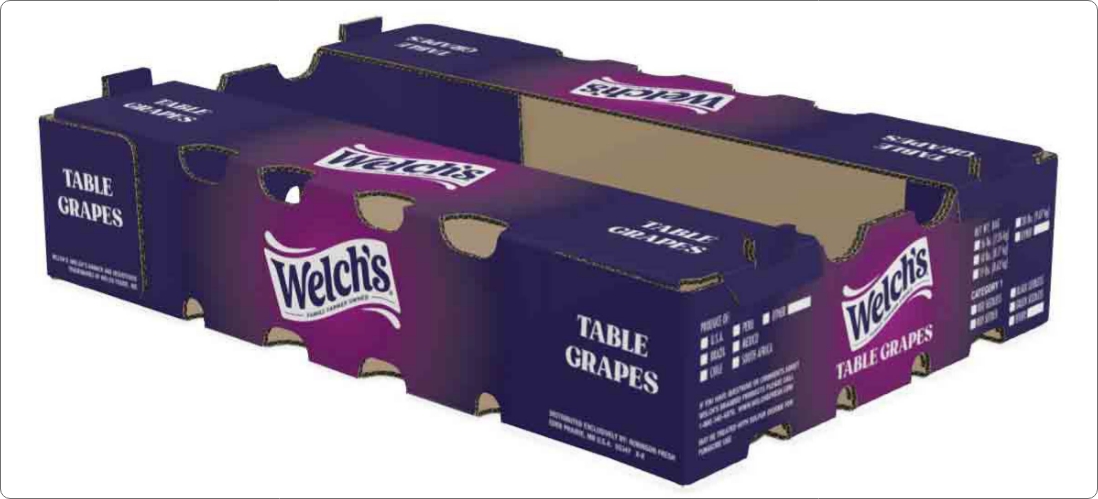
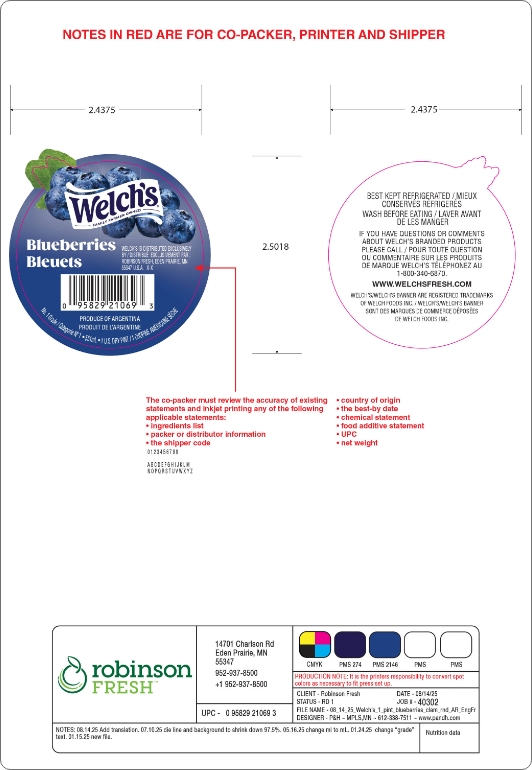
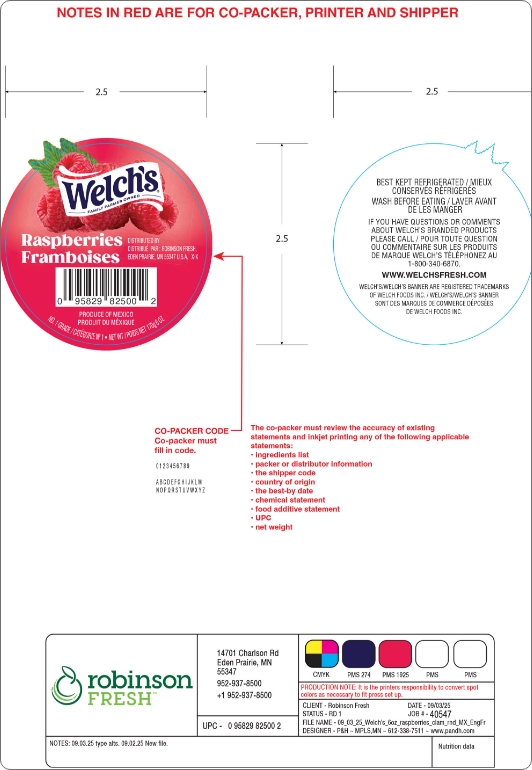
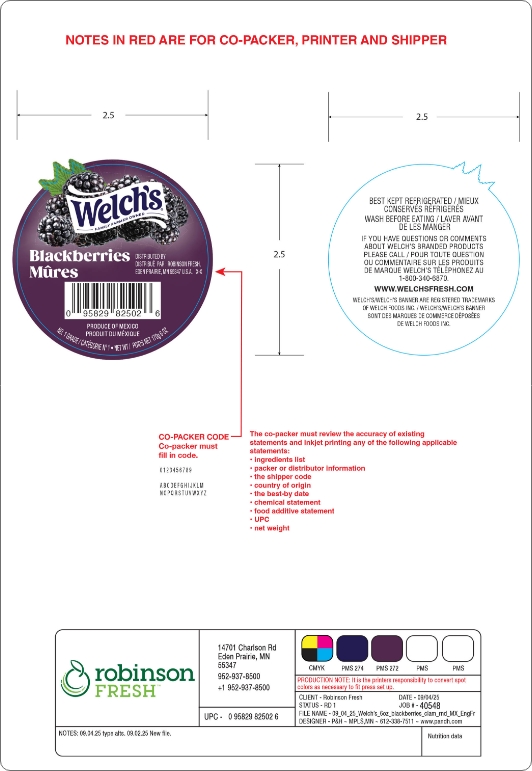
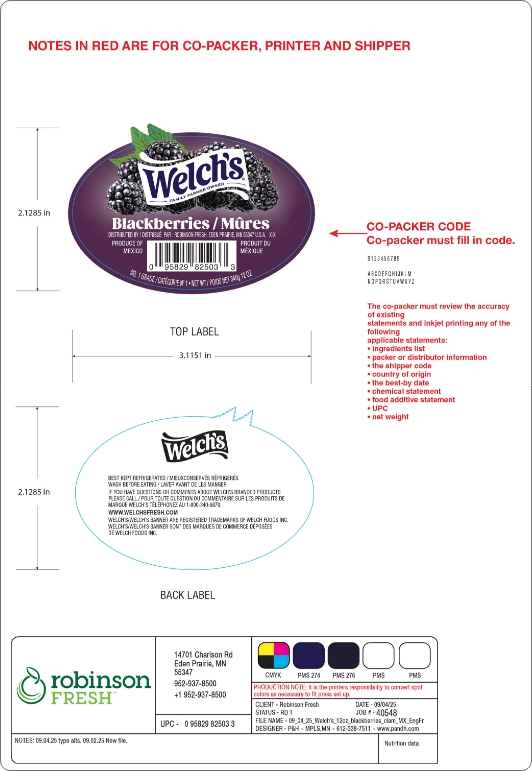
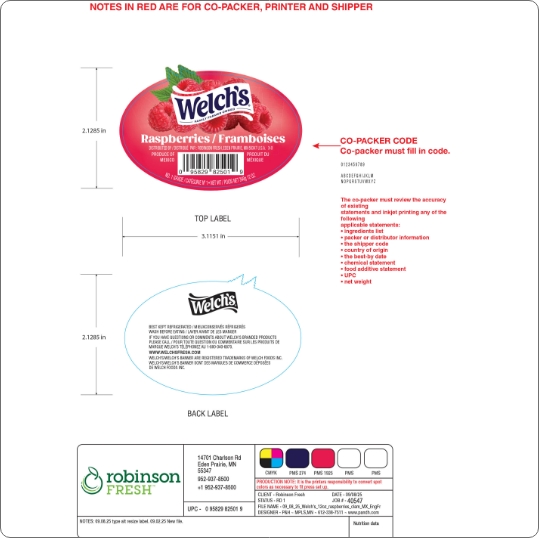
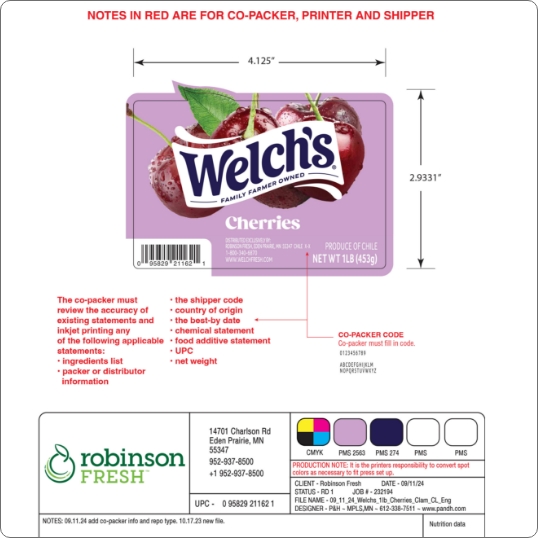
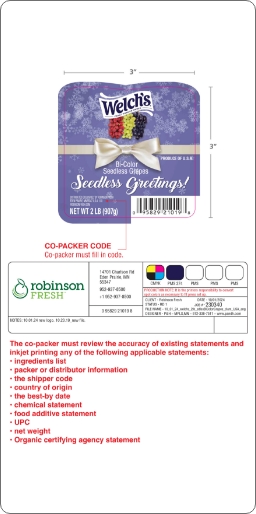
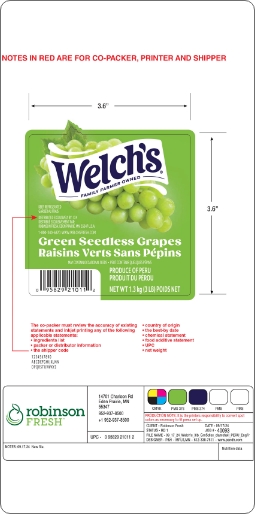
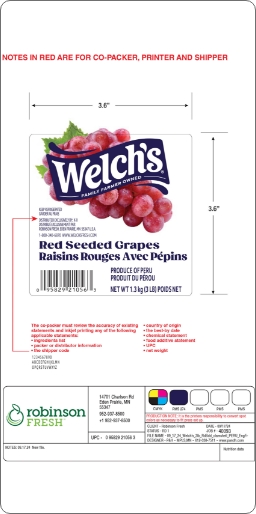
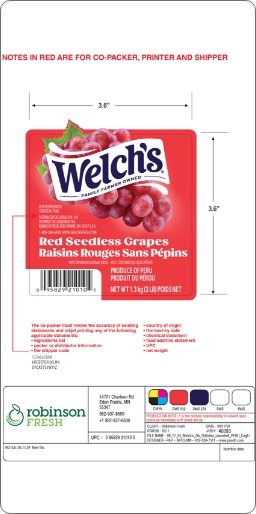
*Every client requires a unique production process. For this design refresh we developed fruit imagery used on-pack, created a visual design refresh across all lines and executed package production. The result was a shortened development timeline and faster speed to market.
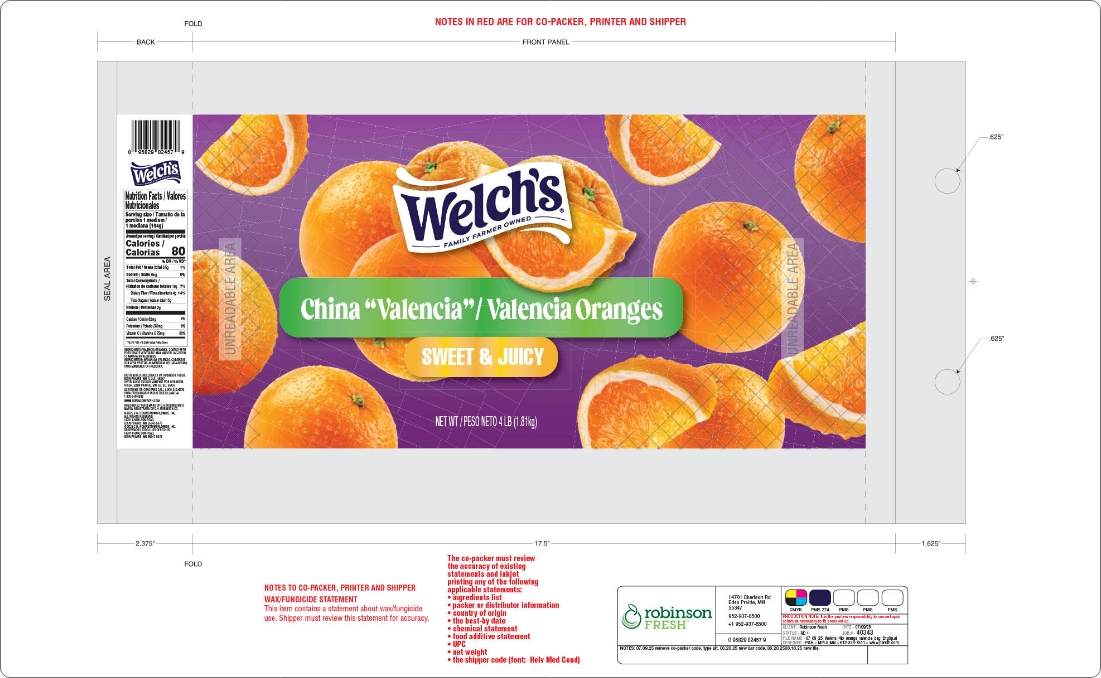
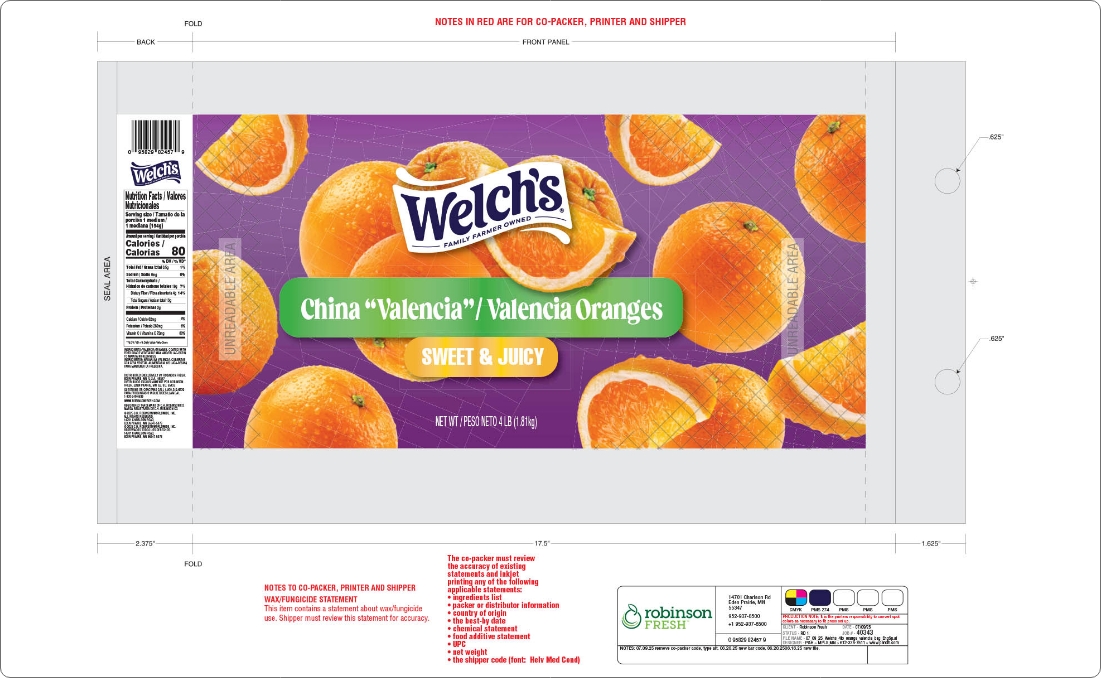
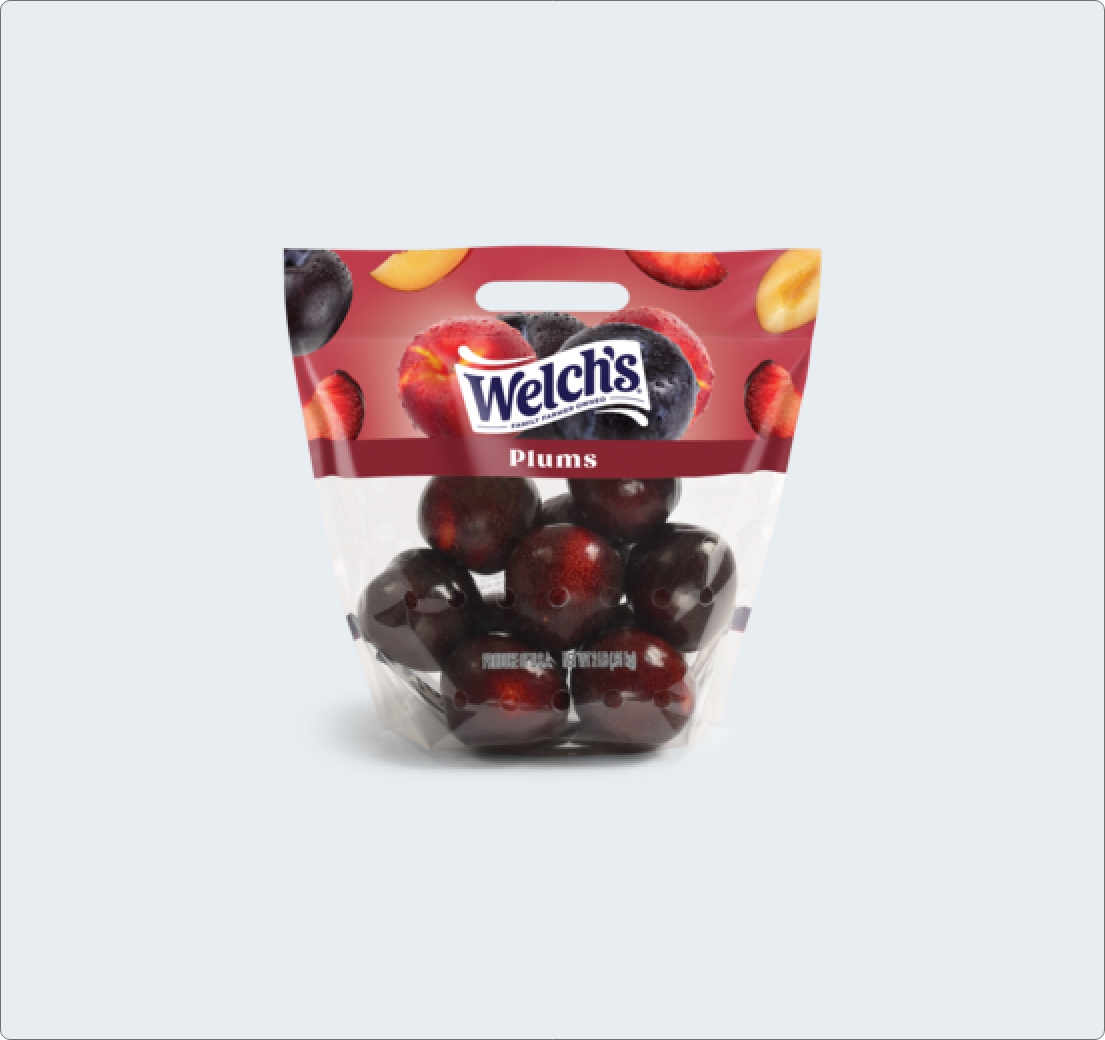
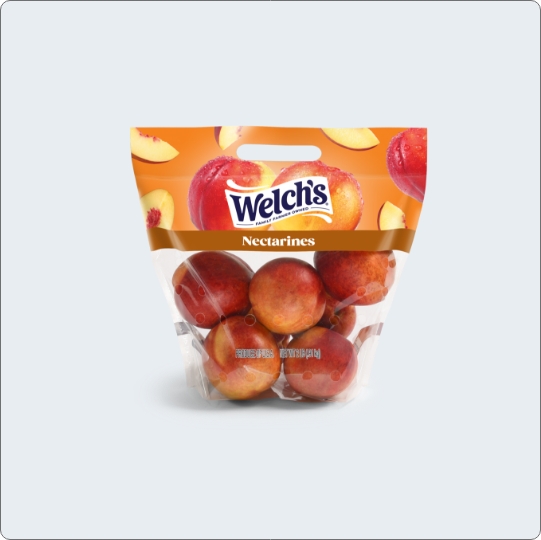
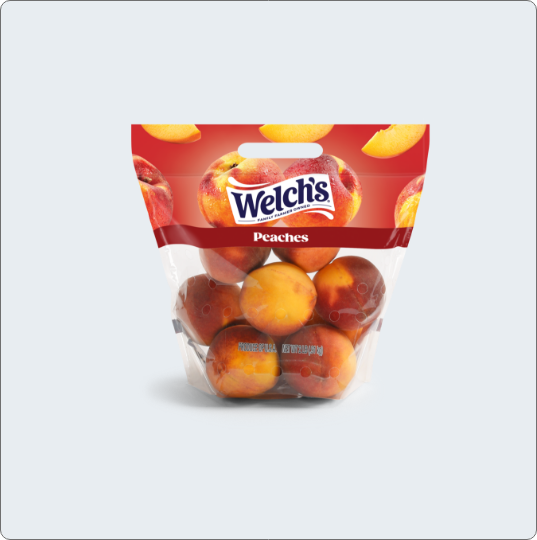
At Partners & Hunt, our design refresh process is built for flexibility and tailored to our customers’ needs. For more than 40 years, we’ve developed a deep understanding of our clients’ objectives and the outcomes they seek.
Partner with us and you too can benefit from P+H’s our deep production knowledge and years of experience.
*Check out our services at https://pandh.com/services
*Check out our Portfolio at https://pandh.com/portfolio
About the Authors
Paul Hunt – Account Executive
For 30+ years Paul has been working in the print production and packaging services business: View Paul’s Hunt
Lee Hunt – Project Cordinator
For 30 + years LEE has been overseeing operations and involved with production: View Lee Hunt
Gary Hunt – Production ARTIST
For 30 + years Gary has been senior production artist: View Gary Hunt
CHRIS MAGNER – MOCKUP ARTIST
For 30 + years has been senior mockup artist: View Chris Magner
Roger Ramely – Design Director
For 15 + years Roger has been directing visual packaging design at P+H: View Roger Ramely
Partners + Hunt Support
We are a packaging support agency that seamlessly fits into your creative or marketing team: View Partners + Hunt Creative Services
Welch’s Invests in a Full-Scale Brand Design Refresh
After Welch’s invested in a full-scale design update and refreshed brand expression for their packaging portfolio, Robinson Fresh needed to launch quickly in an increasingly competitive market.
Caribou Coffee Brand Innovation & Packaging Mockups
Caribou Coffee has built a reputation for its outdoorsy brand personality and high-quality coffee, but as the company and category evolved, so did the need for a more sophisticated brand expression.
Transcend’s Design Evolution with Partners + Hunt
In the world of sleep apnea treatment, innovation and aesthetics are often overlooked in favor of functionality. However, Transcend…
Have a project? Call us Now
Contact Us

